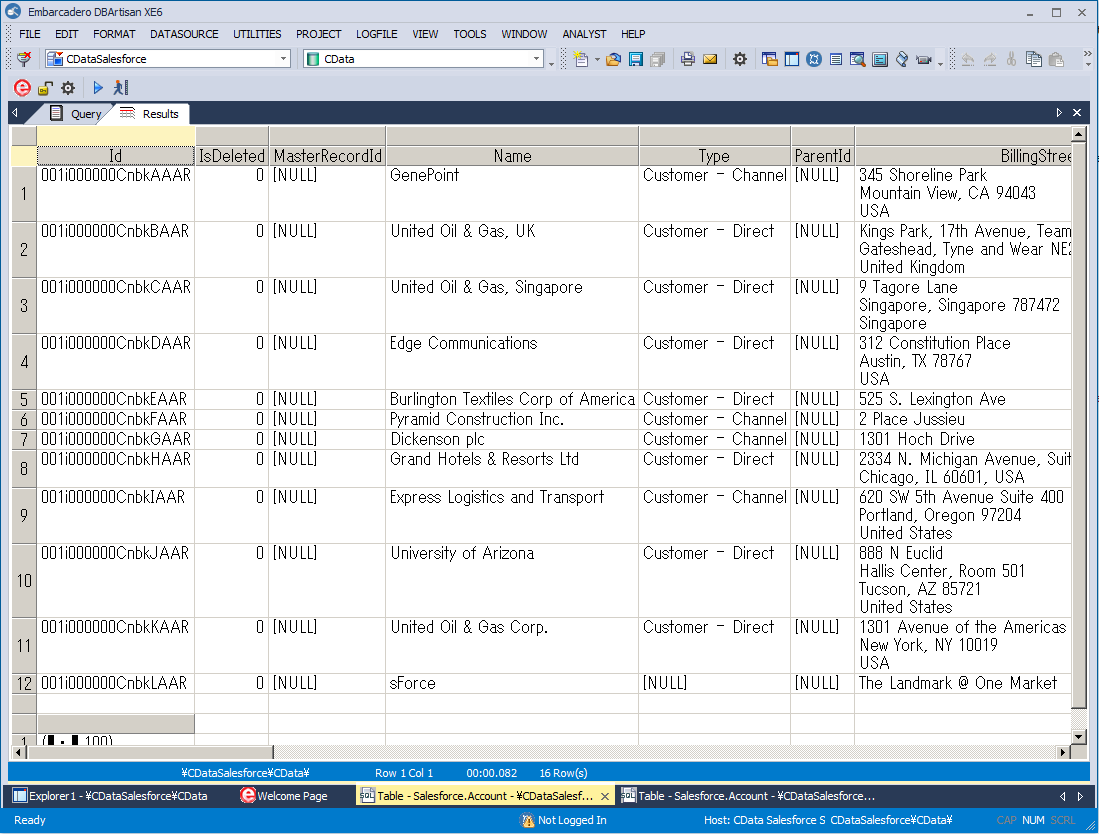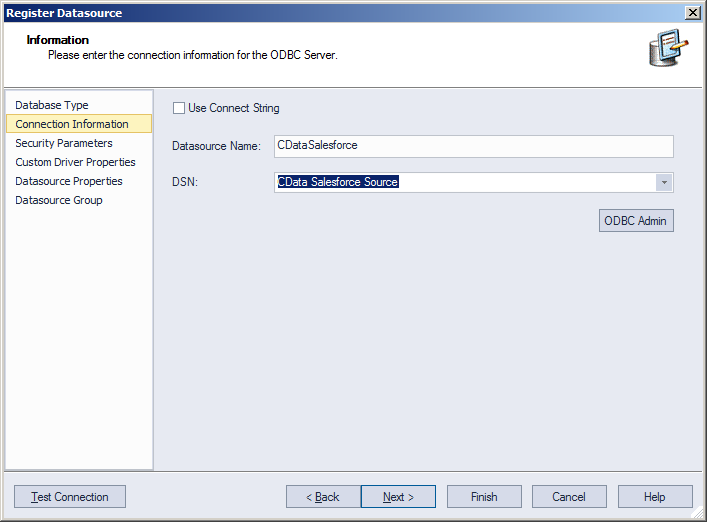Model Context Protocol (MCP) finally gives AI models a way to access the business data needed to make them really useful at work. CData MCP Servers have the depth and performance to make sure AI has access to all of the answers.
Try them now for free →Connect to Basecamp Data in DBArtisan
Use wizards in DBArtisan to configure Basecamp data as a data source.
The CData ODBC Driver for Basecamp seamlessly integrates Basecamp data into database management tools like DBArtisan by enabling you to access Basecamp data as a database. This article shows how to create an data source for Basecamp in DBArtisan and execute queries. You can then edit data visually and execute standard SQL.
Integrate Basecamp Data into DBArtisan Projects
If you have not already, first specify connection properties in an ODBC DSN (data source name). This is the last step of the driver installation. You can use the Microsoft ODBC Data Source Administrator to create and configure ODBC DSNs.
Basecamp uses basic or OAuth 2.0 authentication. To use basic authentication you will need the user and password that you use for logging in to Basecamp. To authenticate to Basecamp via OAuth 2.0, you will need to obtain the OAuthClientId, OAuthClientSecret, and CallbackURL connection properties by registering an app with Basecamp.
See the Getting Started section in the help documentation for a connection guide.
Additionally, you will need to specify the AccountId connection property. This can be copied from the URL after you log in.
You can then follow the steps below to register Basecamp data as a database instance in your project:
- In DBArtisan, click Data Source -> Register Datasource.
- Select Generic ODBC.
- Enter a name for the data source and select the DSN.
![The DSN of the data source to be registered. (Salesforce is shown.)]()
- Finish the wizard to connect to Basecamp data. Basecamp entities are displayed in the Datasource Explorer.
![The Datasource Explorer. (Salesforce is shown.)]()
You can now work with Basecamp data as you work with any other database. See the driver help documentation for more information on the queries supported by the Basecamp API.




